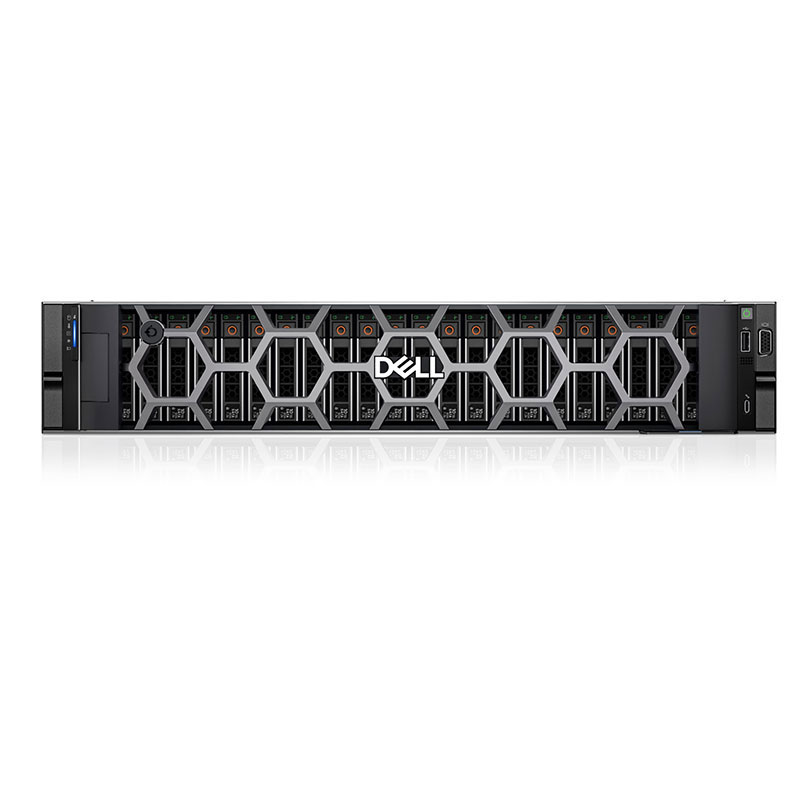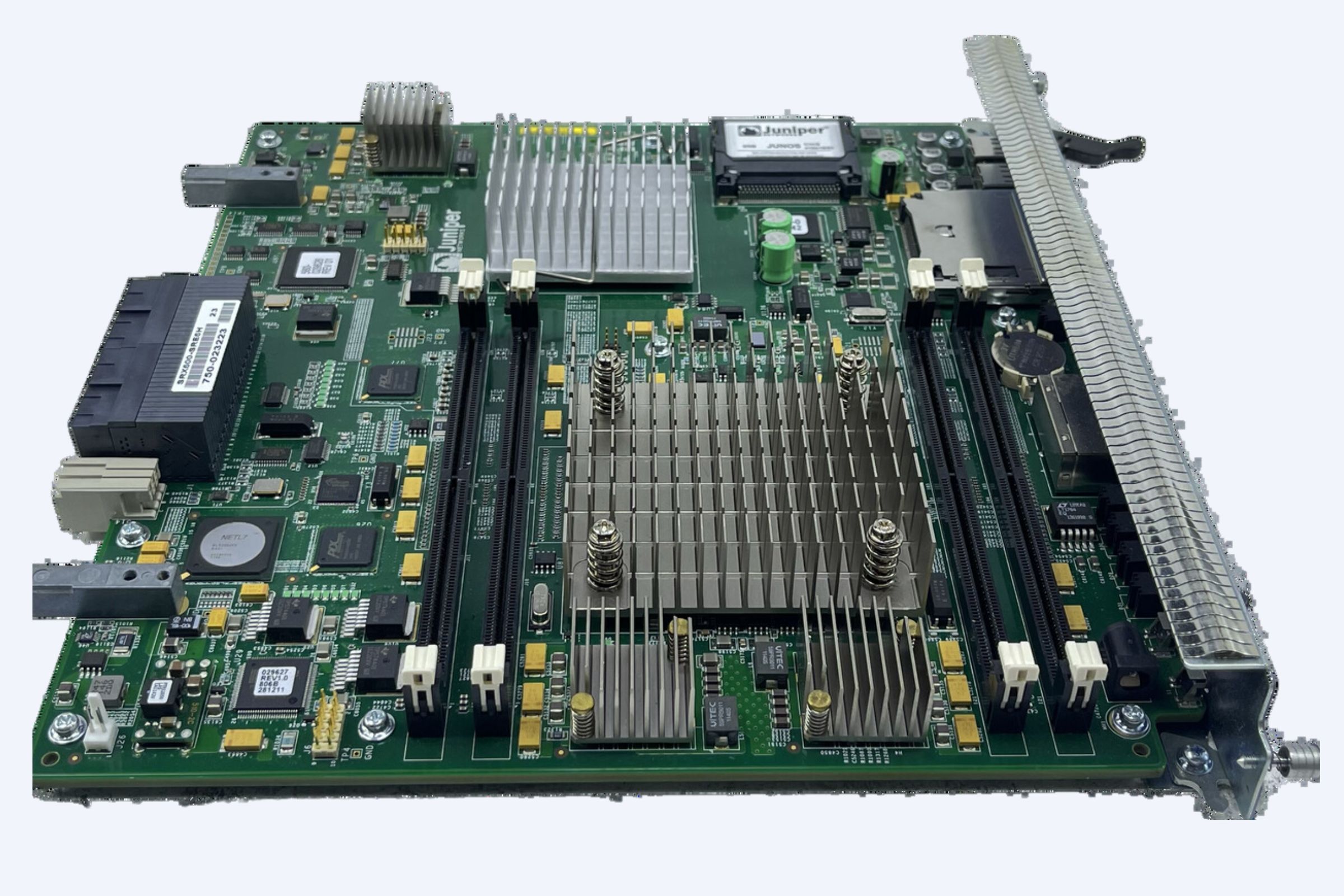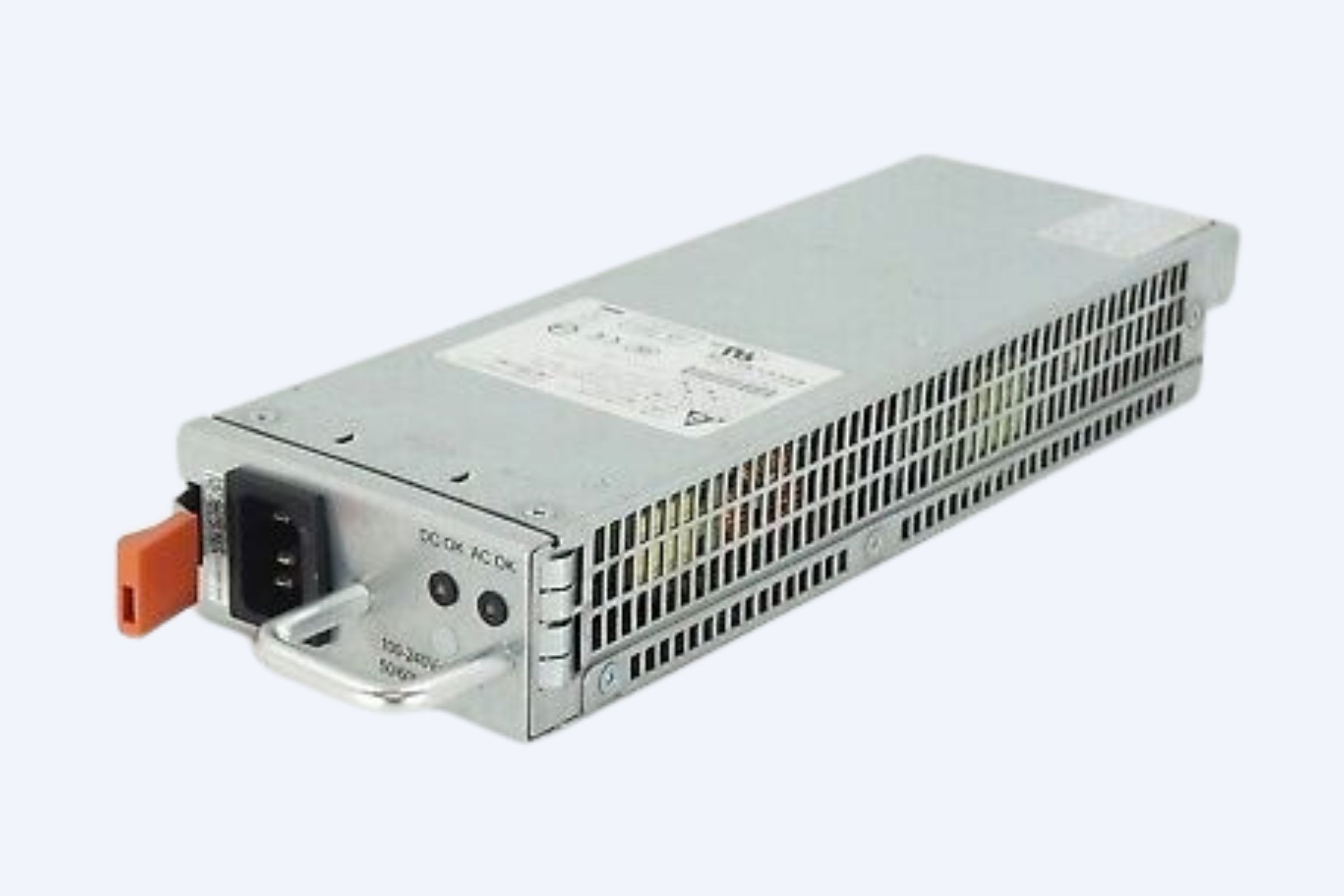Converting kVA to kW requires multiplying the apparent power (kVA) by the power factor (PF), reflecting real usable power. This calculation is essential to understanding electrical load and efficiency. Accurate conversions enable businesses to optimize power usage, reducing costs and improving equipment reliability.
How to convert kVA to kW?
To convert kVA (kilovolt-amperes) to kW (kilowatts), multiply the kVA value by the power factor (PF):
kW=kVA×PF
This formula accounts for the efficiency of electrical systems, as kVA measures apparent power and kW measures real power used. For example, 50 kVA at a power factor of 0.8 equals 40 kW.
What is the difference between kVA and kW?
kVA represents apparent power — the total power supplied by the source, including reactive power. kW measures real power — the actual usable energy performing work. The difference arises because not all power supplied converts to useful output, influenced by electrical system inefficiencies and power factor.
Why is the power factor important in the conversion between kVA and kW?
The power factor shows how efficiently electrical power is used. It’s the ratio of real power (kW) to apparent power (kVA). A power factor closer to 1 means most power is effectively converted to work; lower values indicate wasted or reactive power that adds load but no useful output.
How to calculate kW from kVA with examples?
Use the formula:
kW=kVA×PF
Example: For 100 kVA equipment with a power factor of 0.9,
kW=100×0.9=90kW
This shows the real power available for use. Adjust calculations based on accurate power factor for precise results.
Where is the kVA to kW conversion used in real-world applications?
Conversions are critical when sizing electrical equipment like generators, transformers, and UPS systems. Businesses use kVA to kW calculations to select hardware that meets actual load demands and avoids oversizing expensive infrastructure, improving energy efficiency and reliability.
| kVA | Power Factor | kW |
|---|---|---|
| 50 | 0.6 | 30 |
| 75 | 0.8 | 60 |
| 100 | 0.9 | 90 |
| 150 | 0.85 | 127.5 |
Can Wecent technology improve power efficiency in kVA to kW conversions?
Wecent’s advanced server and IT solutions optimize power use by providing accurate load monitoring and efficient power factor correction. Their hardware design minimizes reactive power waste, supporting clients in achieving better real power utilization and lowering energy costs.
How do power factor variations affect enterprise server load calculations?
Power factor fluctuations impact how much real power servers consume versus apparent power drawn. Enterprises must consider power factor in load planning to avoid underestimating energy needs or overspending on capacity. Wecent’s IT solutions provide precise power factor analytics for better infrastructure management.
When should businesses consider kVA vs. kW for their IT infrastructure planning?
Businesses should use kVA as a starting point for total electrical capacity and kW to understand actual consumption. Choosing equipment and power supplies based solely on kVA risks inefficiency. Wecent’s expertise guides clients to balance kVA and kW considerations for optimal IT operations and cost efficiency.
Wecent Expert Views
“At Wecent, we recognize the critical role of understanding power metrics like kVA and kW in designing enterprise-class infrastructure. Accurate conversion and power factor awareness are foundational to reliable, energy-efficient operations. Our solutions integrate the finest technologies to ensure clients achieve maximum performance with minimal energy waste, driving both economic and environmental benefits.”
Conclusion
Understanding how to convert kVA to kW using the power factor is essential for businesses managing electrical loads. The difference between apparent and real power ensures that equipment is correctly sized and efficiency maximized. Wecent’s specialized IT solutions provide expertise and cutting-edge technology to help enterprises manage power effectively, ensuring robust, cost-efficient operation.
FAQs
Q1: Can kW be greater than kVA?
No, kW is always equal to or less than kVA due to the power factor, which ranges from 0 to 1.
Q2: What happens if the power factor is 1?
If the power factor is 1, kVA equals kW meaning all power is being effectively converted to usable power.
Q3: Why do generators rate power in kVA?
Generators are rated in kVA because they supply both real and reactive power, so kVA represents total electrical capacity.
Q4: How does improving power factor benefit energy costs?
Better power factor reduces wasted energy, lowers demand charges, and improves efficiency, leading to cost savings.
Q5: Does Wecent provide solutions for power factor correction?
Yes, Wecent offers IT and server solutions that include power factor monitoring and correction to optimize energy use.





















